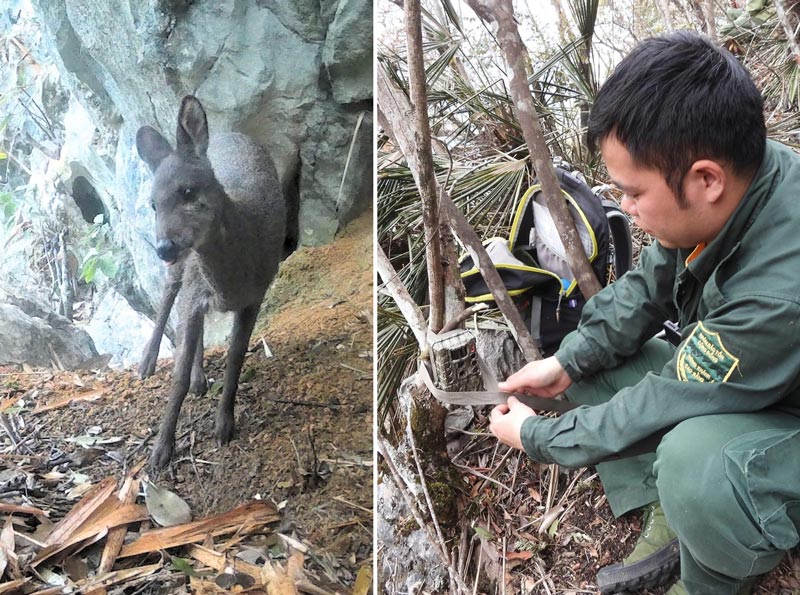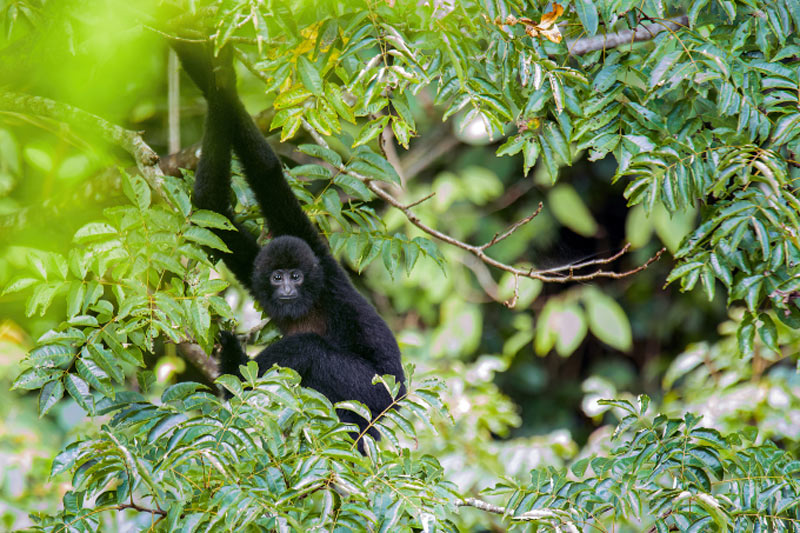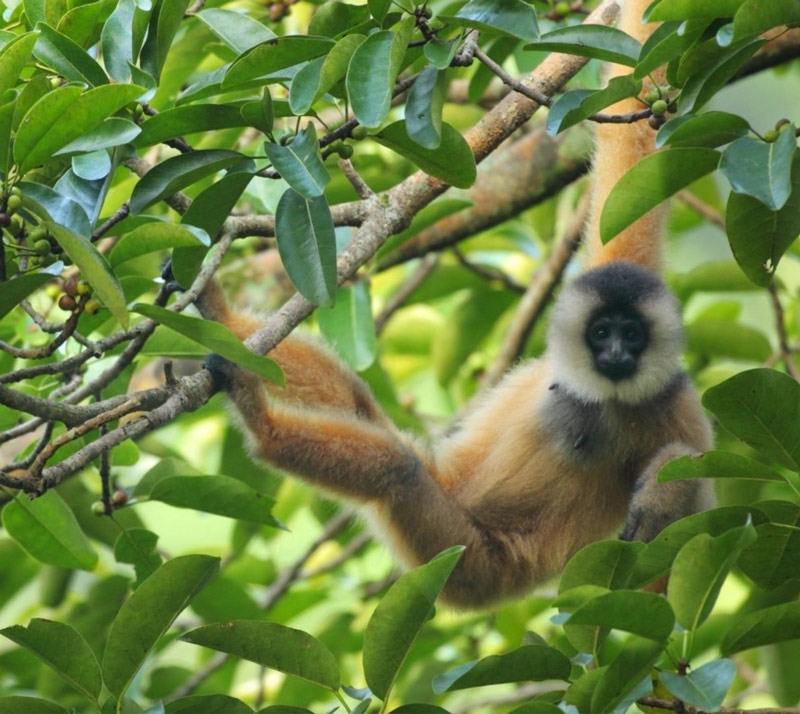On April 8, speaking with reporters, Mr. Hoang Van Duong - Head of Trung Khanh District Forest Protection Department - confirmed the above information and said that in the coming time, the unit will coordinate with organizations and authorities to deploy many solutions to protect herring and other rare wildlife species.
According to Mr. Duong, on March 31, Fauna & Flora Environmental Protection Organization officially announced for the first time in decades that the organization had recorded the image of herring in the natural environment in Trung Khanh district, Cao Bang province.
The discovery, which is considered a turning point, not only opens up hope for the endangered species of hermit, but also highlights the importance of protecting the natural habitat.

"The hermit is an animal belonging to group IB - extremely endangered and rare according to Vietnam's regulations" - a representative of the Trung Khanh District Forest Protection Department added.
According to estimates in 2023, the number of herons in Vietnam is only about 50 individuals. This species is seriously threatened by illegal hunting, trapping and degradation and degradation of the habitats.
According to District Commander Hoang Van Duong, the image of herons began to be recorded through the camera trap system set in the forest in January 2025.
After this discovery, Fauna & Flora will continue to analyze the data, estimate the population size, and expand the surveillance system using camera traps to monitor other species, including Asian black bears.

It is known that the location for recording the image of reindeer is in the Cao Vit Walking Species and habitats Conservation Area, established in 2007 with the support of Fauna & Flora. The reserve has an area of over 1,656 hectares, located in the three communes of Phong Nam, Ngoc Khe and Ngoc Con (Trung Khanh, Cao Bang).
In addition to herring, this reserve is home to the Cao Vit welper - one of the four rarest welper species in the world, in the extremely endangered group.
Currently, there are only about 74 Cao Vit storks worldwide, including in Vietnam. The hypersonic species is named after the characteristic "high-swing" or "high-swinging" sound that resounds every morning as they move to find food, as a way to assert their territory.
According to information from Trung Khanh District Forest Protection Department, in recent years, the unit has coordinated with many parties to implement a series of effective conservation measures.

Accordingly, the unit will increase patrols, supervision, and handling of violations of forestry laws; implement planning, enclosing, reclaiming and enriching forests with native trees to increase food sources for truong species; raise public awareness, organize propaganda in communes in buffer zone; support livelihoods for local people to minimize human impact on forests.
In addition, because Cao Vit Hyunctuary reserve borders Bang Luong Nature Reserve (China), functional units also regularly organize cross-border conservation cooperation activities, contributing to maintaining the stability of hyena populations and other wildlife species in the area.
Fauna & Flora also said that it will continue to promote conservation activities, collect scientific data, and expand education and communication programs in three buffer zone communes to build consensus, contributing to long-term protection of endemic biodiversity in Chongqing - Cao Bang.










